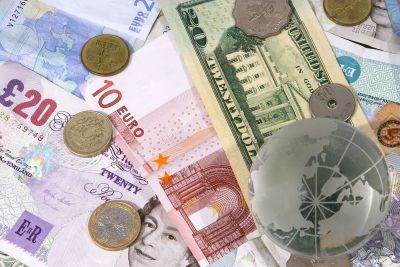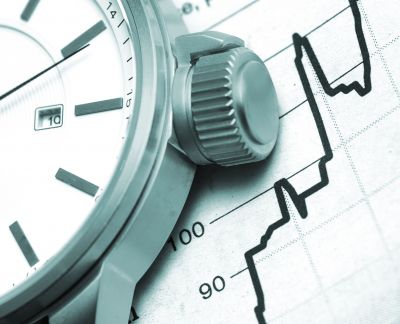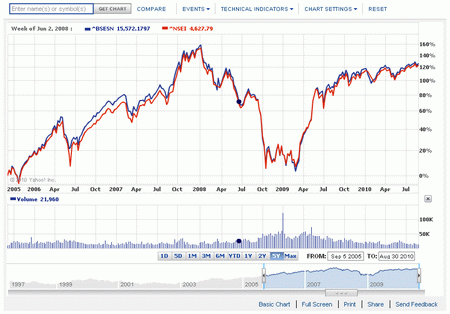September 2010
What is ahead for the US Dollar given the large Current Account Deficit
Submitted by Van Beek on September 30, 2010 - 06:35The Current Account deficit for the US is at this moment $123 billion per quarter and 3.3% of GDP. This is less than the 6% in 2006 but still at a level that most economists consider to be unsustainable in the long term. The decline is probably caused by the economic situation and could be temporary. So, what does this mean and what is ahead for the US?
In this article we focus on what the consequences could be for the US given its large Current Account deficit and the factors that are driving this deficit.

Four Possible Drivers for Large Current Account Deficits like in the US
Submitted by Van Beek on September 29, 2010 - 08:19Large Current Account deficits are rarely a positive symptom. They reflect often an underlying economic situation that can be unsustainable. The US has a large Current Account deficit. What are the possible drivers for such a large deficit?
This article focuses on the economic symptoms or situations that could lead to a large Current Account deficit.

How a Current Account Surplus can lead to a Weak Chinese Currency
Submitted by Van Beek on September 27, 2010 - 06:57Central Banks have few options to manage the currency in case of a Current Account deficit. Such a deficit is financed by a Capital Account Surplus. This can be done via higher incoming investments or lower foreign currency reserves. In case of Current Account surplus, the Central Bank will have the option to keep its currency artificial low in the eyes of the rest of the world. How does that work?
This article focuses on the impact of a deficit or surplus of the Current Account on the Capital Account and the domestic currency.

The Capital Account and Reserve Account: Money Flows for Capital Investments
Submitted by Van Beek on September 24, 2010 - 03:17Deficits and surpluses in nations Current Account are financed and spent in it Capital Account. What is this Capital Account? In the broadest definition, the Capital Account is the difference between money flowing in and out of the country as a result of capital investments. The Reserve Account is a part of the Capital Account.

This article focuses on the Capital Account and Reserve Account. We will clarify some of the different definitions around Capital Account and explain what both Accounts imply.
Just looking for market timing signals to make money on the stock market
Submitted by Van Beek on September 23, 2010 - 03:48When I started with my search for what later would become the Stock Trend Investing system, what was I actually looking for? It was not financial freedom or a way to better the world. The thing I wanted was just to find a way to make money and to avoid losing money on the stock market.

I saw that all stocks moved up and down in tandem. I realized that it will be very difficult to do stock picking. There are so many other people doing that. And all that effort is already incorporated in the market price.
The market inefficiencies are not so much in individual stocks. Looking at market movements, I could see that these inefficiencies occur much more often in all stocks together when stock bubbles inflate or deflate.
The Balance of Payments and Current Account Deficits and Surpluses
Submitted by Van Beek on September 22, 2010 - 05:51The Current Account is rarely exactly balanced. What does it mean when there is a Current Account surplus or deficit? These Current Account deficits and surpluses need to be financed and spend. This is happening in the Capital Account as a result of the Balance of Payments.
Read here our next post on why is the Japanese yen so strong.

The Current Account and how Money Flows
Submitted by Van Beek on September 21, 2010 - 15:29Do you understand how Public Deficits, Foreign Debts, trends in Currency Exchange Rates and Current Account Deficits impact the investment opportunities in the different markets around the world? To do so, a sound understanding is required of each of these economic concepts and how they interact with each other.

This article is a first in a series of five that explains the economic concepts of Current Account, Capital Account and Reserve Account and how they relate with foreign debts and public deficits. If you are interested to get an understanding of how the economy works, how money flows between nations and its impact on currency trends and the economic well-being of nations, please read on.
Why is the Japanese Yen so Strong
Submitted by Van Beek on September 9, 2010 - 15:04The question on why the Japanese Yen is now so strong against the U.S. Dollar is asked repeatedly the last few weeks, months and years.
The Yen reached recently a 15-year high against the Dollar. Was this in line with expectations? What is happening and what is causing this? Here are the analysis and conclusions on why the Yen is so strong.
BSE, Sensex and Nifty and Index Funds for the Indian Market
Submitted by Van Beek on September 6, 2010 - 10:58When one of our readers asked for a chart of the Nifty, we wondered how the Sensex and Nifty correlate. Sensex is the index of the BSE (Bombay/Mumbai Stock Exchange) and Nifty is the index of the NSE, the National Stock Exchange of India.
See the Yahoo Answers page here for more background on the Sensex, BSE, Nifty and NSE.



